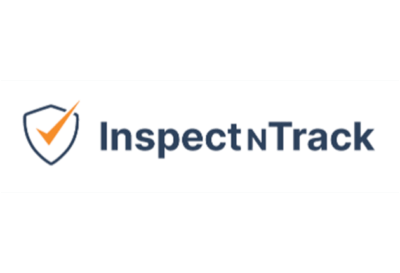This page has been moved. Please visit our new knowledge base site at:
Knowledge Base
Want to learn more about InspectNTrack?

Fire and life safety inspection software brought to you by Wentworth Enterprise Inspection Software
1265 Ridge Road
Hinckley, OH 44233
©2025 Wentworth Solutions | Sitemap
